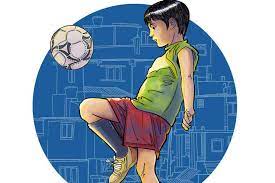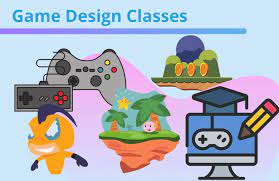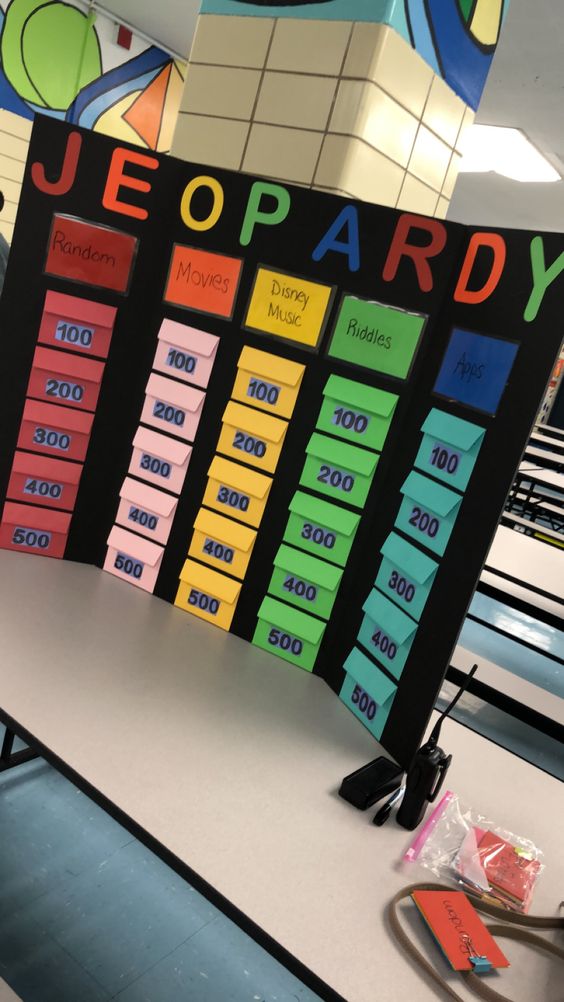Introduction:
Physical Education plays an essential role in the development of middle school students. Engaging PE games not only keep students active but also improve their physical, mental, and social skills. Here are 27 exciting PE games that can ensure middle school students have a fantastic time while learning and staying healthy.
1. Ultimate Frisbee – A highly competitive sport combining football and frisbee elements.
2. Dodgeball – A classic game that promotes coordination, teamwork, and communication.
3. Capture the Flag – A strategy-based game that teaches cooperation and teamwork.
4. Basketball Knockout – A fast-paced, individual basketball shooting game to test accuracy and speed.
5. Tag Variations (Freeze Tag, Octopus Tag) – Fun variations of the classic playground game.
6. Indoor Soccer – Promotes teamwork, agility, and athletic skills in a smaller setting.
7. Four Square – A simple game for practicing hand-eye coordination and social interaction.
8. Jump-Rope Relay – Promotes cardiovascular fitness and builds camaraderie among team members.
9. Fitness Bingo – A fun twist on traditional bingo that incorporates exercise activities.
10. Balloon Volleyball – An easy-to-set-up game that helps develop hand-eye coordination and teamwork.
11. Hula Hoop Contest – Challenges students’ stamina and core strength.
12. Parachute Games (Popcorn, Merry-Go-Round) – Enhance cooperation skills and create a sense of unity.
13. Obstacle Courses – Test both physical and mental acuity while building self-confidence.
14. Tchoukball – A non-contact sport focused on teamwork, throwing accuracy, and defense strategy.
15. Flag Football – Emphasizes sportsmanship, communication, and strategic thinking on the field.
16. Speedball – A combination of soccer, football, basketball promoting cardiovascular fitness & coordination.
17. Red-Light, Green-Light – A classic game that improves listening skills and reaction time.
18. Crab Soccer – Develops core strength, motor skills, and fosters teamwork.
19. Crossfit Kids – Adapts traditional CrossFit exercises for younger athletes, focusing on strength and endurance.
20. Guard the Noodle – A tag-based game that encourages movement and coordination.
21. Steal the Bacon – A high-energy game to improve reaction time, teamwork, and strategy.
22. Hantis– A handball-tennis hybrid game that promotes agility and teamwork.
23. Pac-Man Tag – A running game that requires quick thinking and strategizing moves.
24. Relay Races (Egg/Spoon, Wheelbarrow) – Builds teamwork, communication, and motor skills.
25. Badminton – Focuses on agility, coordination while combining elements of tennis and volleyball.
26. Gauntlet-Tag – Enhances students’ running and dodging prowess in a fun, competitive environment.
27. Kickball – An excellent substitute for baseball that develops athletic skills in a more inclusive setting.
Conclusion:
Including a variety of exciting PE games will keep middle schoolers engaged and motivated to participate in physical activities regularly. These games foster essential skills such as teamwork, communication, strategizing, while continuously nurturing their physical development. So, schedule these 27 exhilarating PE games in your middle school’s curriculum today!











